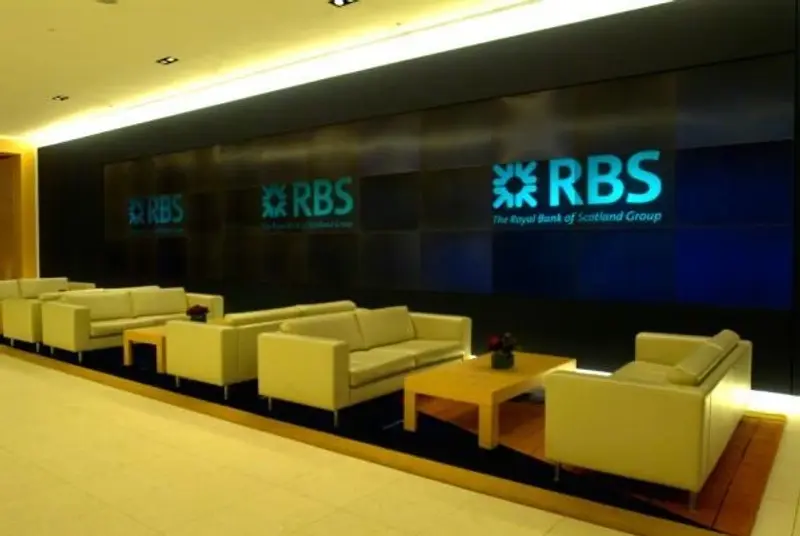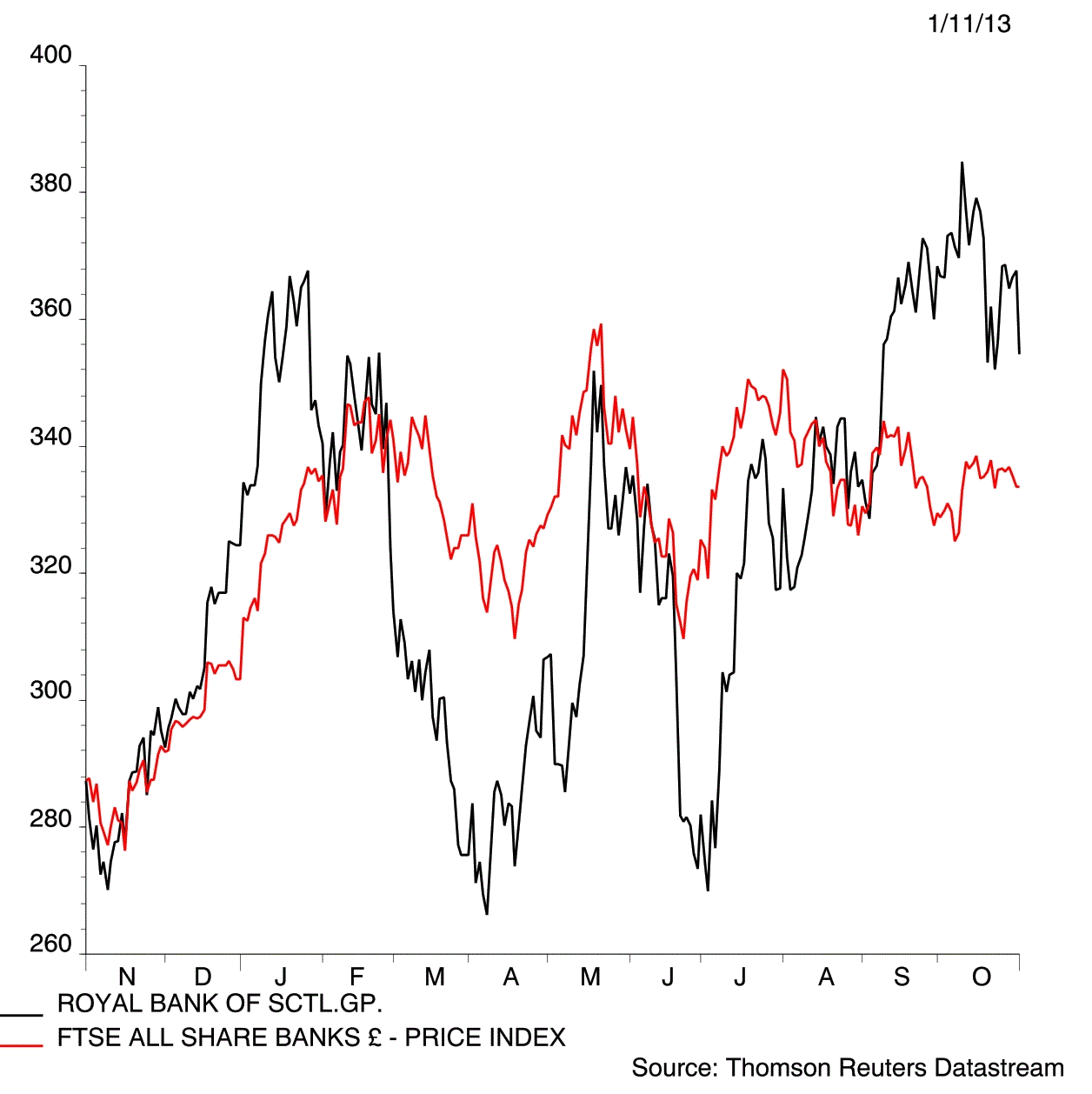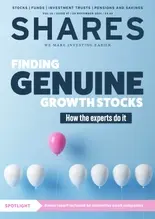
Part state-owned lender Royal Bank of Scotland (RBS) is among the FTSE 100's heaviest fallers, reversing almost 4.5% to 351.6p on news it will create an internal bad bank to house its toxic assets. The move will involve the ring-fencing of £38 billion of loans and mortgages the £22.7 billion cap does not expect to be repaid, with these bad assets moved into a separately-managed business.
This is the first strategic move by Ross McEwan since he replaced Stephen Hester as chief executive at the end of September and means that RBS has resisted pressure to split into good and bad banks, which would see the taxpayer own its toxic assets. The plan is for these bad loans to be sold off, which could cause the bank to make heavy losses this year of up to £4.5 billion.
RBS has been 81%-owned by the taxpayer since it collapsed when the financial crisis took hold in 2008. The government bought shares at the height of the financial crisis at just over £5 a share to support the lender, bringing its investment to £45 billion. With the RBS share price trading well south of that figure, McEwan is taking action, although it appears there is plenty of work left to do before the bank generates a sustainable profit.
As flagged by Shares last week, RBS slipped into the red in the third quarter ended 30 September, losing £634 million before tax after one-off items and increasing its payment protection insurance mis-selling (PPI) compensation pot. The bank has allocated a further £250 million to this fund, bringing its bill for the scandal so far to £2.6 billion. McEwan has also launched a review into how RBS serves its retail customers, the findings of which will be available next year.





